Refine listing
Actions for selected content:
2252 results in Cambridge Elements
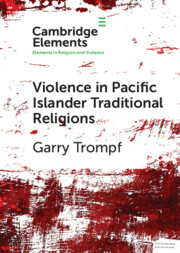
Violence in Pacific Islander Traditional Religions
-
- Published online:
- 21 December 2021
- Print publication:
- 27 January 2022
-
- Element
- Export citation
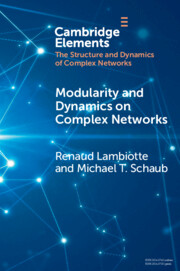
Modularity and Dynamics on Complex Networks
-
- Published online:
- 21 December 2021
- Print publication:
- 03 February 2022
-
- Element
- Export citation
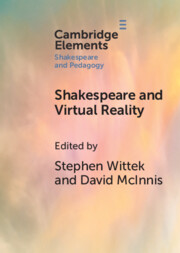
Shakespeare and Virtual Reality
-
- Published online:
- 21 December 2021
- Print publication:
- 27 January 2022
-
- Element
- Export citation

Epsilon-Near-Zero Metamaterials
-
- Published online:
- 21 December 2021
- Print publication:
- 03 February 2022
-
- Element
- Export citation
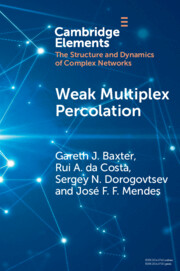
Weak Multiplex Percolation
-
- Published online:
- 21 December 2021
- Print publication:
- 27 January 2022
-
- Element
- Export citation
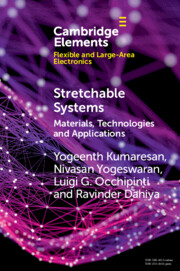
Stretchable Systems
- Materials, Technologies and Applications
-
- Published online:
- 14 December 2021
- Print publication:
- 27 January 2022
-
- Element
- Export citation
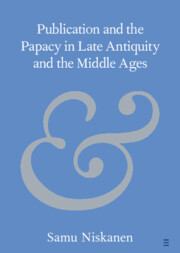
Publication and the Papacy in Late Antiquity and the Middle Ages
-
- Published online:
- 13 December 2021
- Print publication:
- 20 January 2022
-
- Element
-
- You have access
- Open access
- HTML
- Export citation
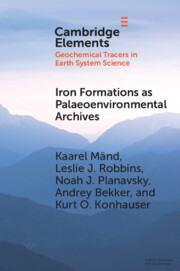
Iron Formations as Palaeoenvironmental Archives
-
- Published online:
- 13 December 2021
- Print publication:
- 20 January 2022
-
- Element
- Export citation
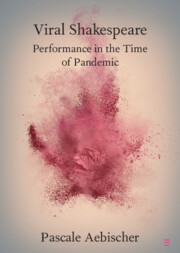
Viral Shakespeare
- Performance in the Time of Pandemic
-
- Published online:
- 11 December 2021
- Print publication:
- 20 January 2022
-
- Element
- Export citation
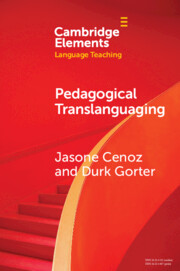
Pedagogical Translanguaging
-
- Published online:
- 11 December 2021
- Print publication:
- 27 January 2022
-
- Element
-
- You have access
- Open access
- HTML
- Export citation
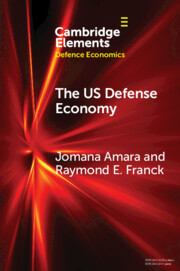
The US Defense Economy
-
- Published online:
- 10 December 2021
- Print publication:
- 27 January 2022
-
- Element
- Export citation

Global Heritage, Religion, and Secularism
-
- Published online:
- 03 December 2021
- Print publication:
- 16 December 2021
-
- Element
- Export citation

Time
-
- Published online:
- 03 December 2021
- Print publication:
- 23 December 2021
-
- Element
- Export citation
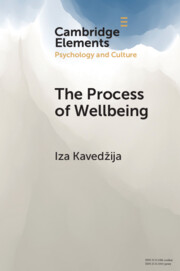
The Process of Wellbeing
- Conviviality, Care, Creativity
-
- Published online:
- 03 December 2021
- Print publication:
- 16 December 2021
-
- Element
- Export citation
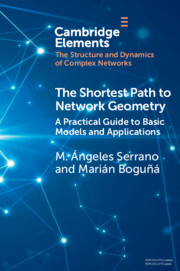
The Shortest Path to Network Geometry
- A Practical Guide to Basic Models and Applications
-
- Published online:
- 02 December 2021
- Print publication:
- 06 January 2022
-
- Element
- Export citation
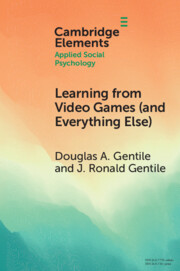
Learning from Video Games (and Everything Else)
- The General Learning Model
-
- Published online:
- 01 December 2021
- Print publication:
- 23 December 2021
-
- Element
- Export citation
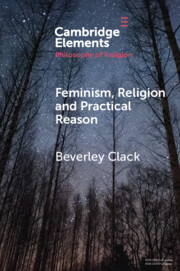
Feminism, Religion and Practical Reason
-
- Published online:
- 30 November 2021
- Print publication:
- 06 January 2022
-
- Element
- Export citation
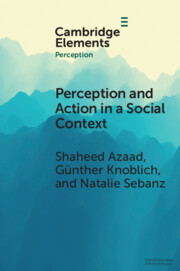
Perception and Action in a Social Context
-
- Published online:
- 26 November 2021
- Print publication:
- 23 December 2021
-
- Element
- Export citation
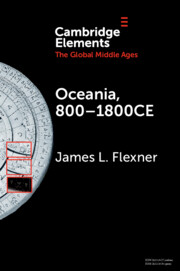
Oceania, 800-1800CE
- A Millennium of Interactions in a Sea of Islands
-
- Published online:
- 25 November 2021
- Print publication:
- 23 December 2021
-
- Element
- Export citation
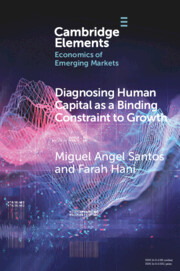
Diagnosing Human Capital as a Binding Constraint to Growth
- Tests, Symptoms and Prescriptions
-
- Published online:
- 25 November 2021
- Print publication:
- 16 December 2021
-
- Element
- Export citation
